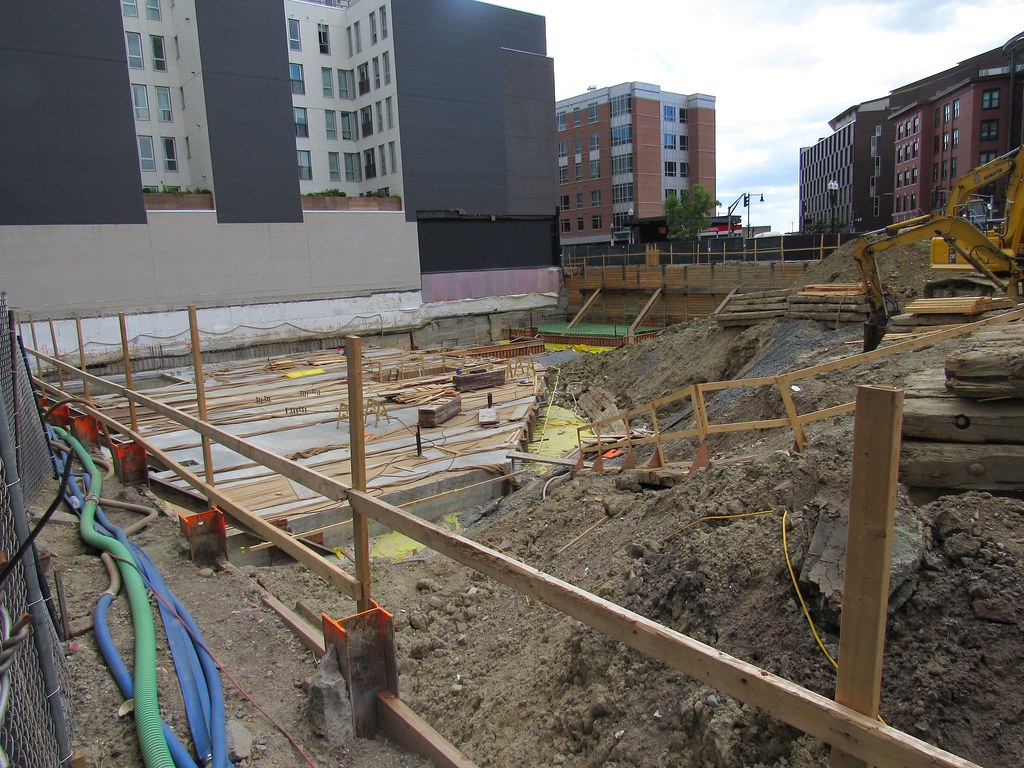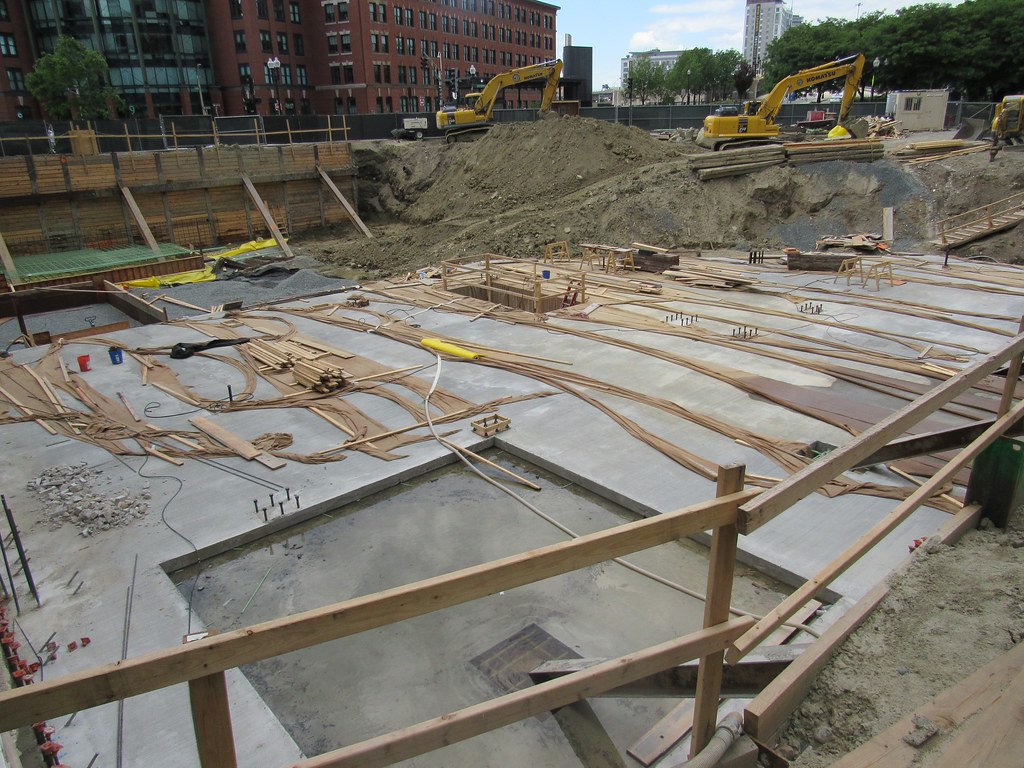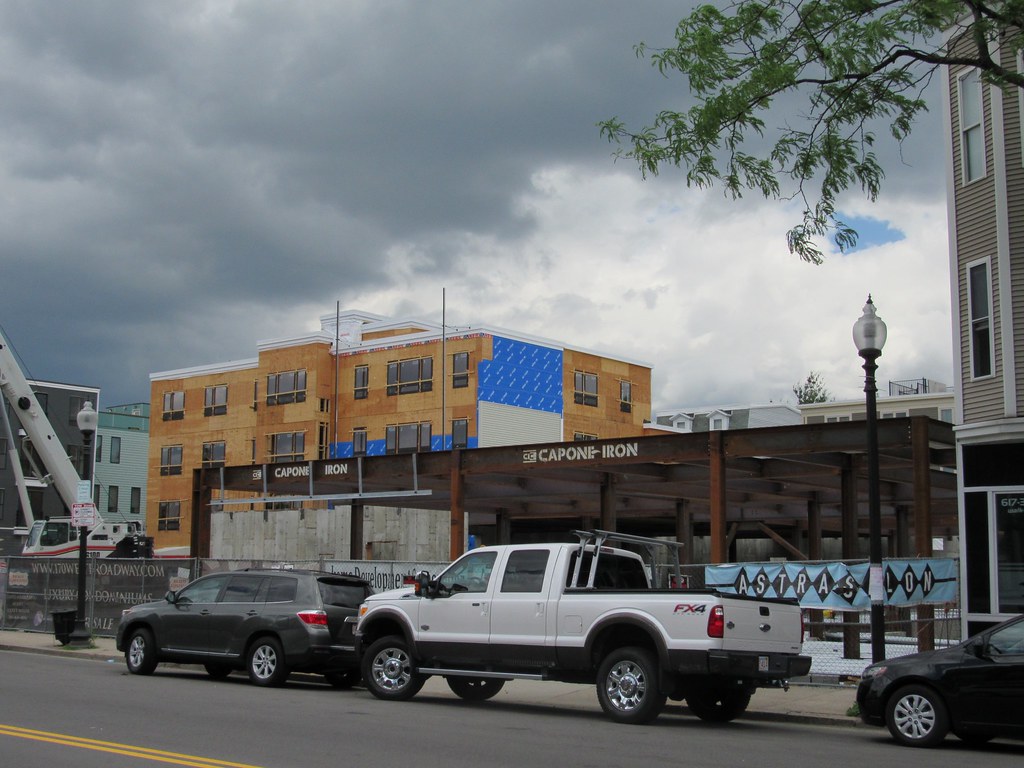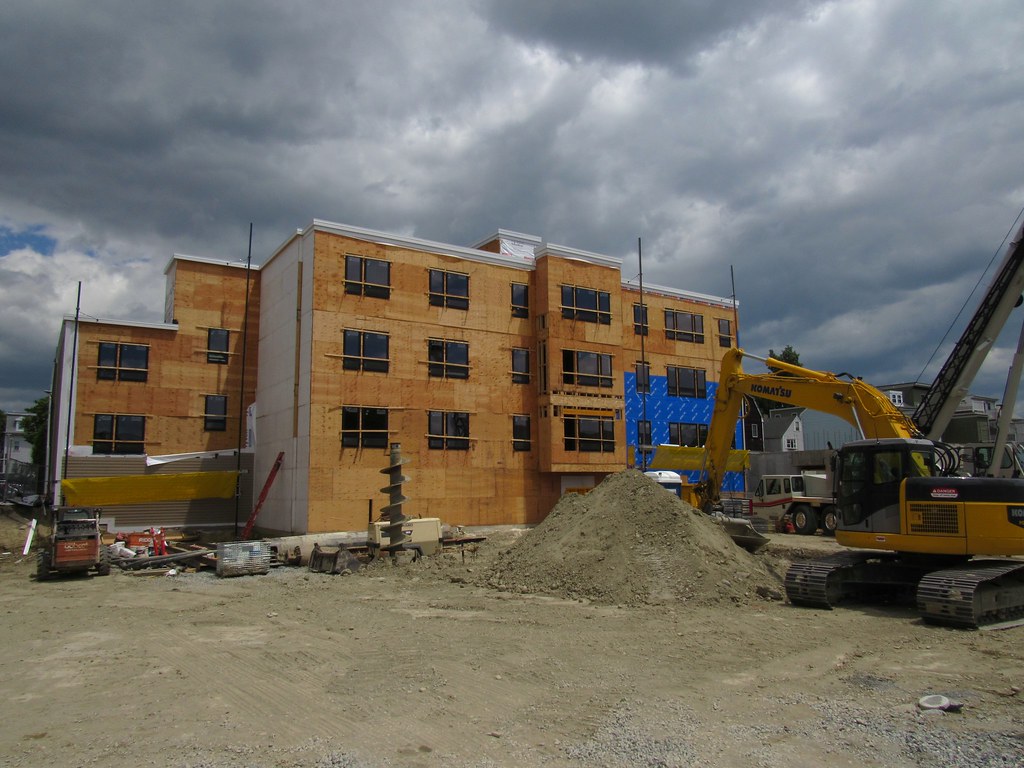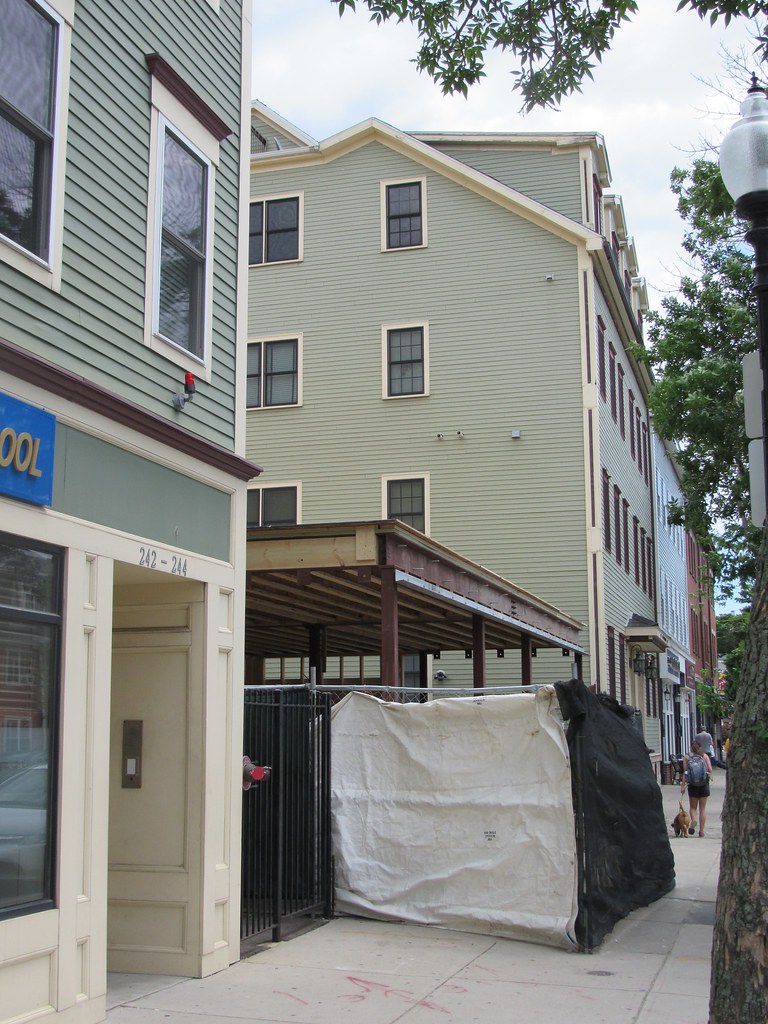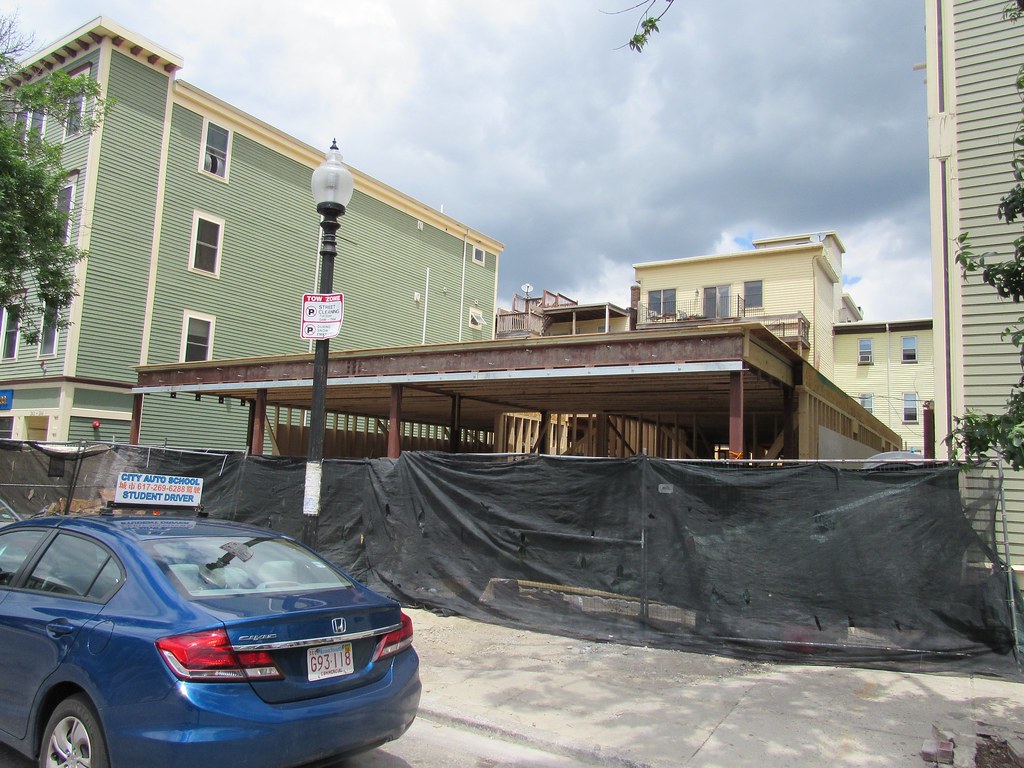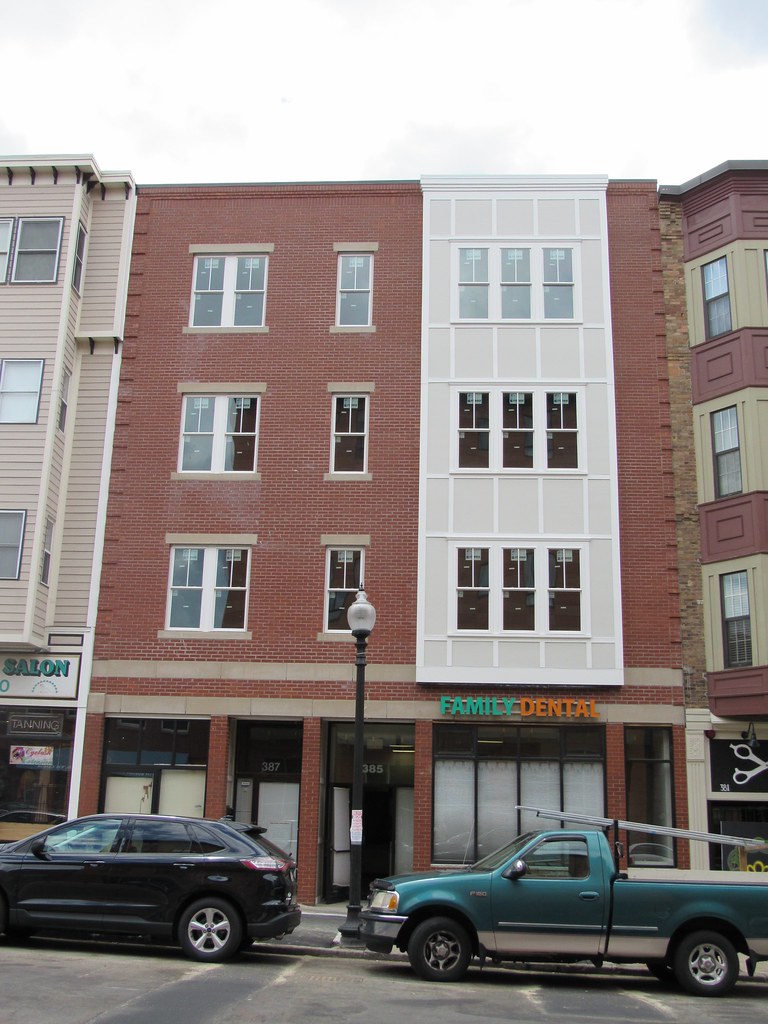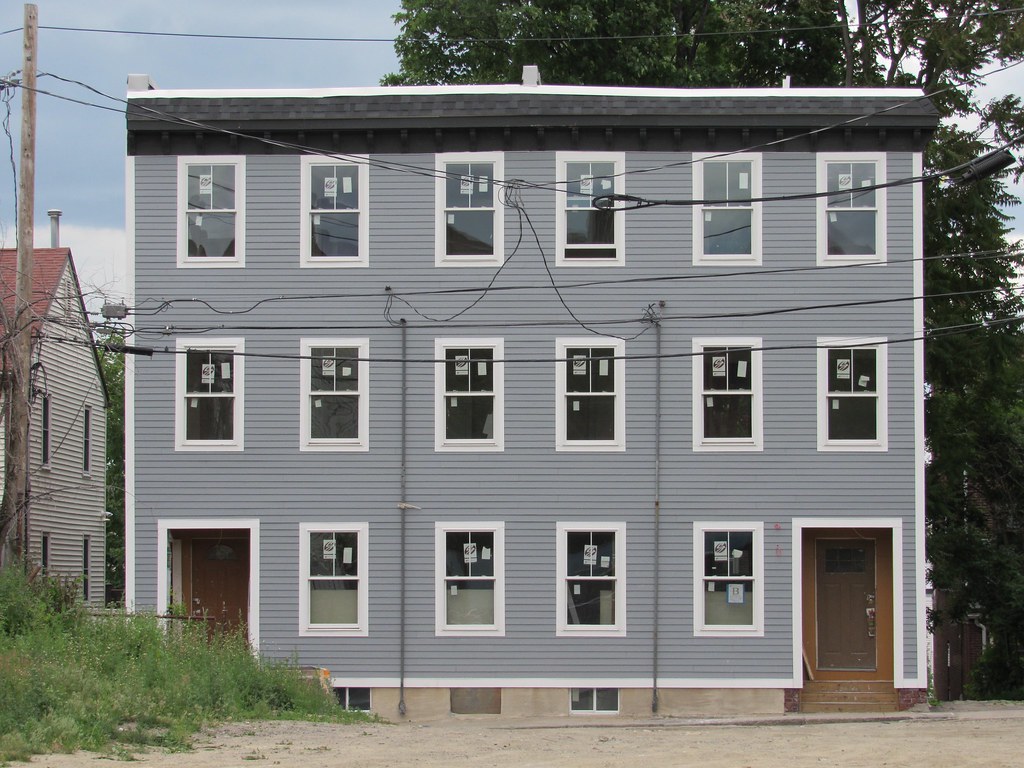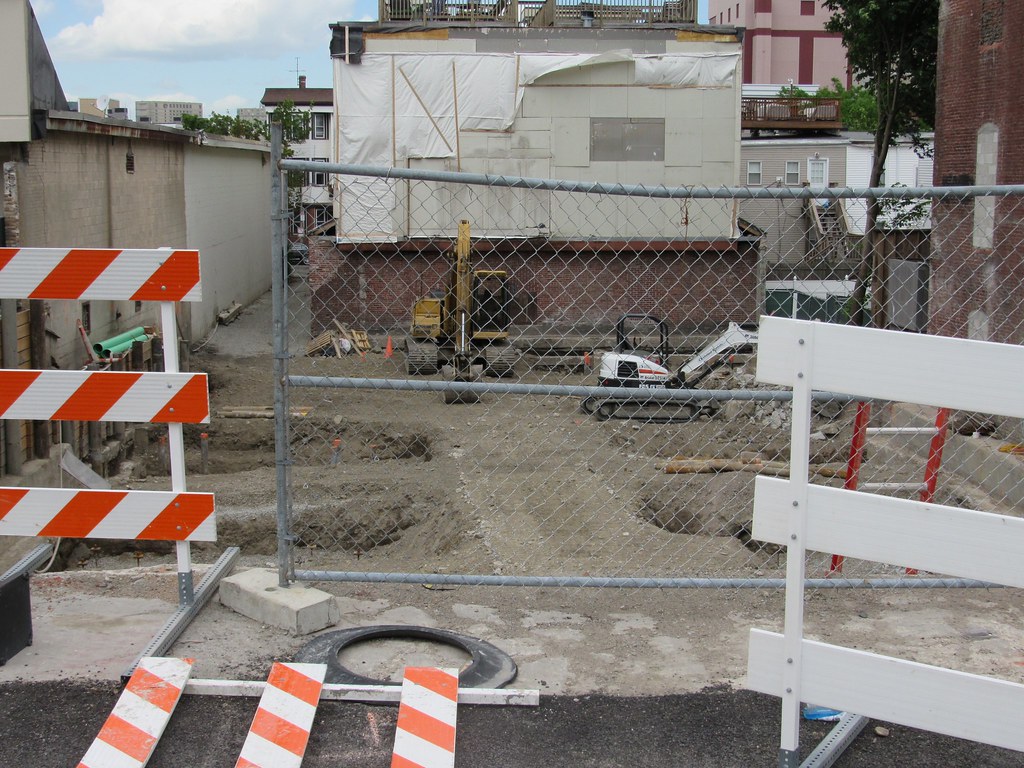Concrete masonry unit
From Wikipedia, the free encyclopedia
"Cinder block" redirects here. For the American singer, see Cinder Block (musician).
"Breeze Block" redirects here. For the UK TV series, see Breeze Block (TV series).
"Breezeblocks" redirects here. For the song by Alt+J, see Breezeblocks (song).
A concrete masonry unit (CMU) – also called hollow block, concrete brick, concrete block, cement block, besser block, breeze block and cinder block – is a large rectangular block used in building construction.
Composition[edit]
Concrete blocks are made from cast concrete, e.g. Portland cement and aggregate, usually sand and fine gravel for high-density blocks. Lower density blocks may use industrial wastes as an aggregate. Lightweight blocks can also be produced using aerated concrete.
Nomenclature[edit]
Those that use cinders (fly ash or bottom ash) are called cinder blocks in Canada, the US and New Zealand, breeze blocks (breeze is a synonym of ash)[1] in the UK and New Zealand, and hollow blocks in the Philippines. In Australia they are also known as besser blocks or besser bricks, because the American-based Besser Company is a major supplier of concrete-block-making machinery. Clinker blocks use clinker as aggregate. In non-technical usage, the terms cinder block and breeze block are often generalized to cover all of these varieties.






















